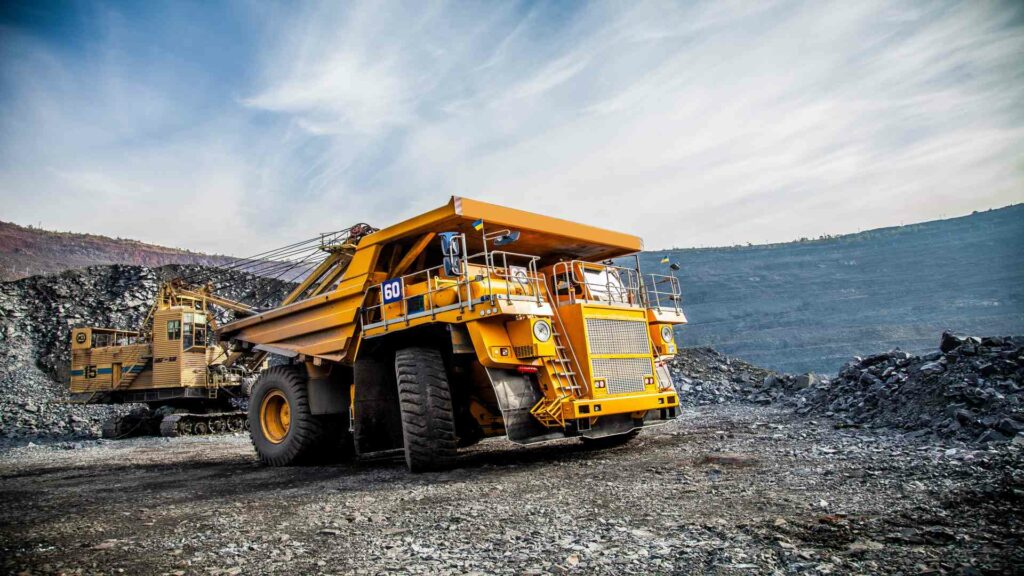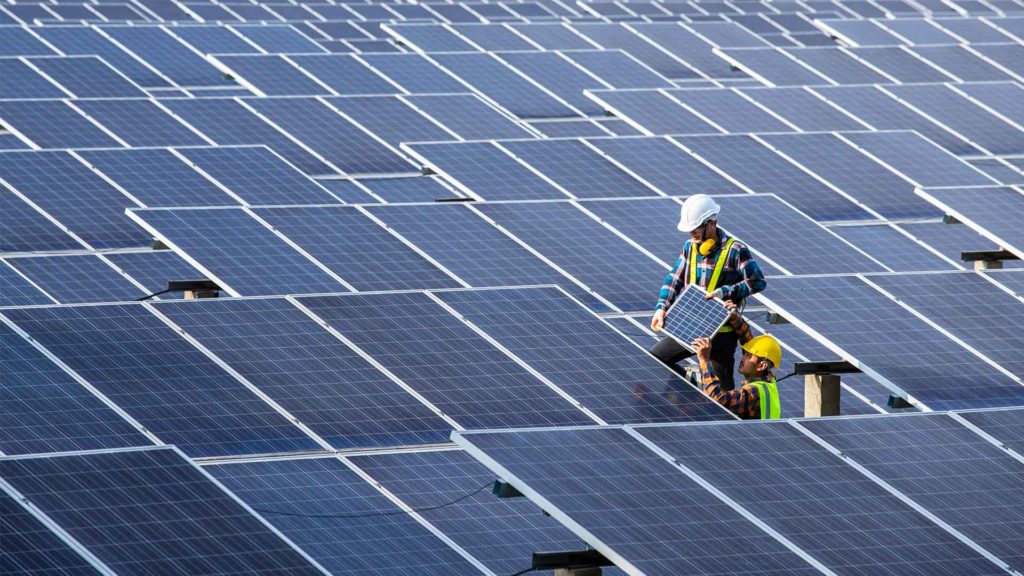People Versus Rio Tinto
Rio Tinto has found itself in the news again after its lithium project in Jadar, Serbia, was suspended after protests by the local community in Serbia. The backlash does not bode well for mining companies looking to open mines in response to a growing demand for minerals such as lithium that are fuelling advanced energy growth in multiple business sectors, including automotive, defence, aerospace.

Rio Lithium Project Suspended
RioTinto and the Protest
Rio Tinto

Rio Tinto Lithium Jadar Valley
Rio Tinto, a multinational metals and mining company with headquarters in London and Australia, manages 60 operations in 35 countries. The majority of the company’s revenue comes from the production and sale of iron ore (65%), aluminum (23%), copper (5%), and industrial metals like borates, titanium dioxide, and salt (5%). The company also has smaller revenue streams from mining gold and diamonds.
The Rio Tinto mining company is causing a lot of controversy in Serbia, and the protests against it have been taking place for several weeks as a crowd of thousands gathered to show up their discontent regarding the decision with a concern of endangering the environment and public health, as well as the company’s plan to invest in Serbian lithium mines by opening lithium mines in Western Serbia.
The Jadar project in Serbia, owned by Rio Tinto, is slated to be one of the most important greenfield lithium projects worldwide. Jadar will produce battery-grade lithium carbonate, a vital mineral for large-scale batteries for electric cars and renewable energy storage. Jadar will also produce borates essential for developing and operating renewable energy equipment like solar panels or wind turbines. Jadar’s high-grade mineralization and scale will allow long-term operation at the lowest operating costs. The capital committed to the project is $2.4B. The project is set to generate employment for around 2000 people during construction and 1,000 long-term jobs in which 90% will be Serbian (Jadar was named after jadarite, a lithium sodium borosilicate mineral found by the Rio Tinto group in Serbia in 2004 near Loznica, in western Serbia).
Rio Tinto’s development plan includes an underground mine, associated infrastructure, and equipment. It will also have a chemical process plant to make lithium carbonate. The mine’s first saleable product is expected to be in 2026. After ramping up to production in 2029, the mine will have an annual output of 58,000 tonnes of lithium carbonate, 160,000 tonnes of boric acid, and 255,000 tonnes of sodium sulfate. Thus, it will make Rio Tinto one of the top ten global lithium producers. Rio Tinto predicts that the mine will produce 2.3 million tonnes of lithium carbonate over its expected 40-year lifespan.
It was back in 2004 that Rio Tinto unexpectedly stumbled upon these borates and lithium deposits. Lithium is extracted from hard-rock mineral deposits and brine beneath salt flats. It is generally used to pack ceramics, glass, and lubricants. But in modern technology, it is an essential component for batteries in mobile phones, laptops, and electric vehicles. Rio Tinto announced plans to invest $2.4 billion in the Jadar project with planned production of up to 58,000 tonnes of lithium carbonate for use in batteries by 2026 if all goes according to plan.
As of now, Rio Tinto has pledged a billion euro sum to finance its project. In the next step, it wants approval and license from regulatory agencies before proceeding, but environmental reports will be made available shortly so everyone can comment on their findings.
The project, which is still subject to regulatory approvals, came to light at the end of May 2020 as part of an announcement that Rio Tinto and Slovakian battery company InoBat will build a value chain for the production and recycling of electric car batteries in Serbia. The Rio Tinto-InoBat partnership will cover the entire life cycle of a lithium battery, from mining to recycling.
The company completed the detailed exploration of their Jadarite deposit in February 2020. The drilling program results are now being incorporated into an update to their geological model, which will better explore this unique mineral and find new ways to be used by industry.
The Protest
The Belgrade-based environmental group, called ‘Uprising for survival – people versus Rio Tinto, started an ecological protest revoking the government of Serbia to take back all the commitments made with Rio Tinto. Their message was that Serbia still has enough wit to defend its water, land, and air; from being destroyed by mining practices associated with lithium extraction. Many people believe that lithium is poisonous, harmful to the environment, and has no place in Serbian society because it would destroy natural habitats and pose serious health risks.
This environmental protest in Serbia has reached a new peak with the people coming together to fight for their beliefs. According to the Rio Tinto lithium project website, the mine will be built in Serbia’s Kostolac region and generate about 200 jobs during construction and 100 after completion.
Even Ratko Ristić, dean of the Faculty of Forestry, criticized the Serbia Government for considering lithium as ‘white gold,’ supporting the protestors, saying that he is against mining for jadarite and lithium throughout Serbia because such a mine near Loznica would destroy thousands of hectares of fertile land, while its tailings storage facility would be 900 meters long, 250 meters wide, and 60 meters high, holding millions of cubic meters of some of the most toxic materials.
Further explaining, he said that technologies are far less harmful to the environment. He recalled that the world’s biggest battery maker, CATL, has announced plans to start producing sodium-ion batteries from 2023, while Germany is about to begin extracting lithium from geothermal brine. Serbia has several reasons to protest against the project.
They believe a lithium mine could pose a severe threat to their water supply system, which is already at risk due to leaks in the existing system. Lithium mining is known for its heavy water consumption, which would further reduce Serbia’s fresh underground drinking water reserves, as well as lithium being toxic and poisonous if consumed by humans or animals.
Further concerns are related to boron contamination of Vlasina Lake – a natural reserve for many endangered species as the significant role for lithium mines would be to develop the lithium-ion battery industry that needs boron.
The mine would also reduce the capacity of Vlasina Lake by about 70% and destroy its surroundings with heavy equipment traffic, noise, etc.
It is no wonder that locals are worried about contamination of their air as boron dust clings to everything it touches – even human hair, which means lithium plant workers will have to cover their heads with masks and protective gear.
The lithium mining process is known for having adverse effects on the environment, as well as human health: contamination of water and soil with heavy metals such as lithium, boron, arsenic, etc.; destruction of natural habitats; severe medical conditions caused by breathing in dust from construction materials; contaminated food and water supplies.
The lithium mine in Kostolac would be about 20 million tonnes of boron per year, equal to the total production capacity of all boric acid plants in the world (13.82 million tonnes). Therefore, Serbia’s lithium project is not meant for any lithium market needs but rather as a means of boron supply to China – lithium’s biggest lithium consumer.
Locals are already suffering from diseases such as cancer and liver cirrhosis, which they believe is caused by boron dust present in the air, soil, rivers because of existing mining activities. They do not want this threat to be spread all over Serbia, which is why the lithium mine has to be banned.
Miners face many problems because lithium mining processes have not been fully developed yet, causing other projects in Australia and China to fail due to water shortages or lack of funding. This means that Serbia still has enough wit to defend its resources from being destroyed by boron lithium mining processes.
Implications
The Jadar Valley project is key for both Rio Tinto and the lithium market. The global lithium market is short of supply, with prices rising. Low prices over 2019 and 2020 have left producers ill-prepared for a sharp recovery in EV sales as the world is coping with the aftermath of the lockdown. Supply now struggles to catch up with demand, which has led to rising lithium price levels globally. The gap will only widen unless new projects are funded soon, according to Will Adams, the Battery Metals Analyst at Fastmarkets.
Rio might well accelerate phase two of the Jadar project, given that “the strategy is usually more aggressive once proof of production has been achieved and the product accepted by battery makers,” says Benchmark’s managing director Simon Moores. Now that this new energy source is being taken seriously. A company like Rio Tinto Group making such a commitment means that other miners will likely follow suit as they too plan to pivot away from carbon products.






